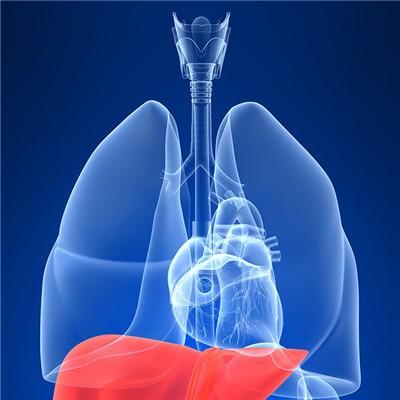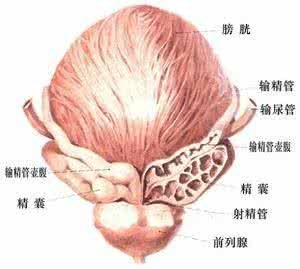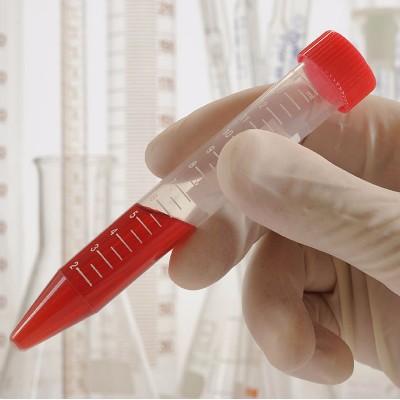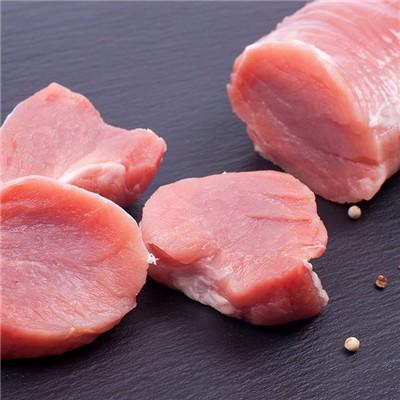Symptoms of intrahepatic and extrahepatic bile duct dilatation
summary
Congenital intrahepatic cholangiectasis is a rare congenital biliary disease. In 1958, jaequc Caroli, a French scholar, first described and reported a case of multiple cystic dilatation of the intrahepatic peripheral bile duct? Let's talk about it
Symptoms of intrahepatic and extrahepatic bile duct dilatation
The clinical manifestations are various and nonspecific. The typical manifestations are abdominal pain, jaundice and abdominal mass. Often due to bile stasis and lead to repeated attacks of persistent cholangitis, secondary infection has fever. Duodenal compression can cause anorexia, nausea, vomiting and other gastrointestinal symptoms. Children may have bile like stool, occasionally lead to liver abscess, severe sepsis, often accompanied by polycystic kidney disease. The clinical manifestations of type I and type II congenital intrahepatic bile duct dilatation are different.
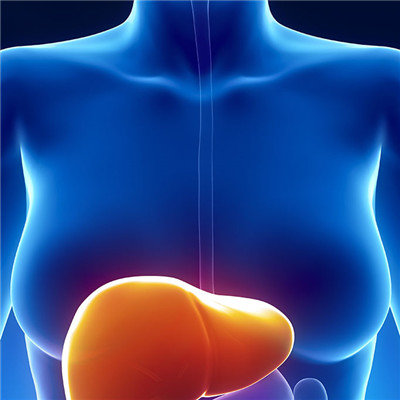
The main clinical manifestations of biliary tract diseases are recurrent pain in the right upper abdomen and progressive aggravation, which is often difficult to distinguish from cholecystitis and cholelithiasis, so it is easy to miss diagnosis and misdiagnosis.
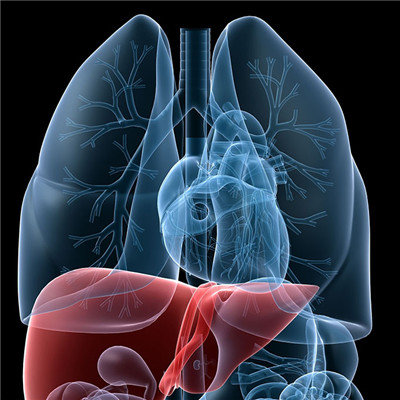
In addition to the clinical manifestations of biliary tract diseases, there are also liver fibrosis and portal hypertension, such as gastrointestinal bleeding and splenomegaly.

matters needing attention
We all know that liver and gallbladder diseases will seriously affect our health, and also make us look worse. After understanding the treatment methods of intrahepatic and extrahepatic bile duct dilatation, we must treat such diseases in time, not always wait for the disease to become more serious.



